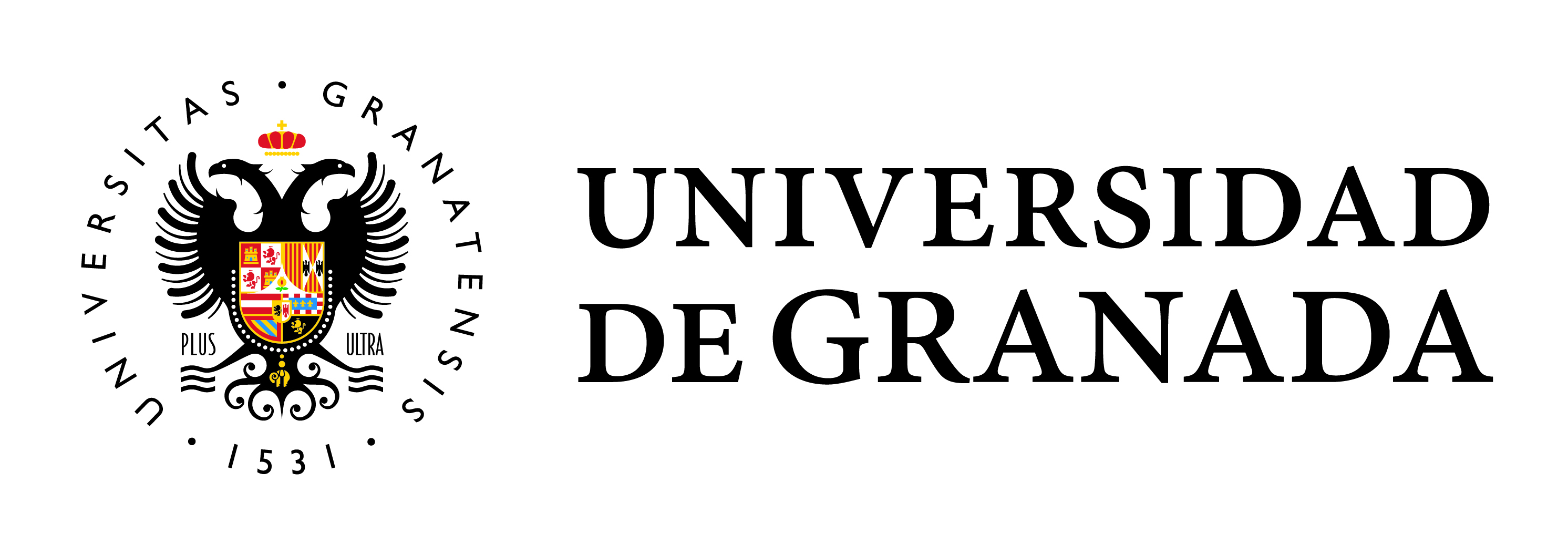Ejemplos y definiciones de ecuaciones: una ventana hacia el conocimiento conceptual de estudiantes de secundaria
Contenido principal del artículo
Resumen
En este estudio utilizamos la generación de ejemplos y la definición de conceptos por estudiantes para indagar en el conocimiento conceptual implícito y explícito del concepto ecuación que han adquirido en la Educación Secundaria. Los estudiantes mostraron facilidad para generar ejemplos de ecuaciones y determinar diferencias entre ellos, dando evidencias de su conocimiento conceptual implícito. En cuanto al explícito, manifestaron dificultades para definir el concepto ecuación. Generar ejemplos les ayudó a identificar elementos comunes, generalizar y expresar verbalmente, aunque con ciertas limitaciones, lo que para ellos es una ecuación.
Examples and Definitions of Equations: A Window to the Conceptual Knowledge of Secondary Students
In this study, we use the generation of examples and the definition of concepts by students to study their implicit and explicit conceptual knowledge of the concept of equation acquired in secondary education. Students showed facility to generate examples of equations and to determine differences between them, giving evidences of their implicit conceptual knowledge. As for the explicit knowledge, they evidenced difficulties in defining the concept of equation. Generating examples helped them to identify common elements, to generalize and to express verbally, although with some limitations, what an equation is for them.
Handle: http://hdl.handle.net/10481/50131






